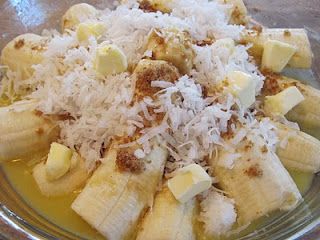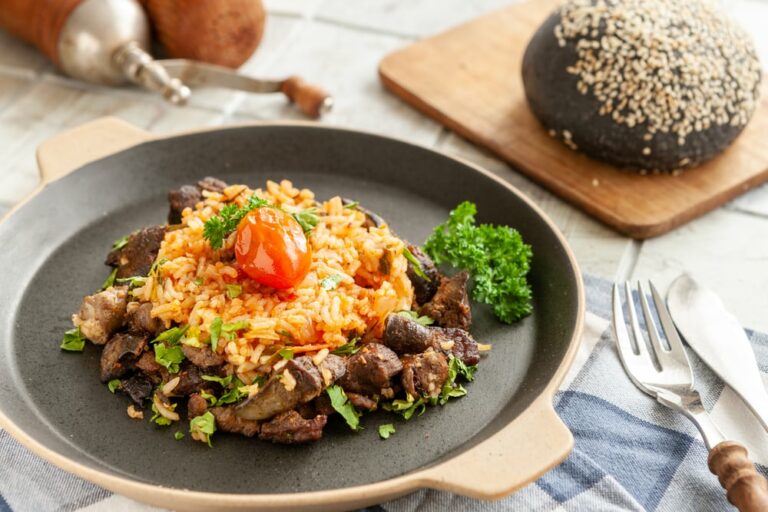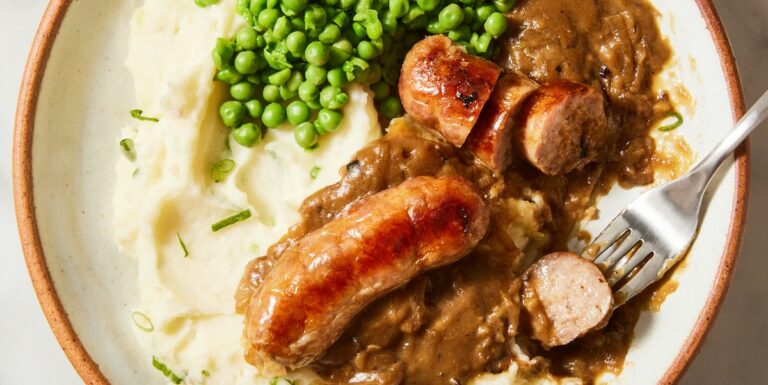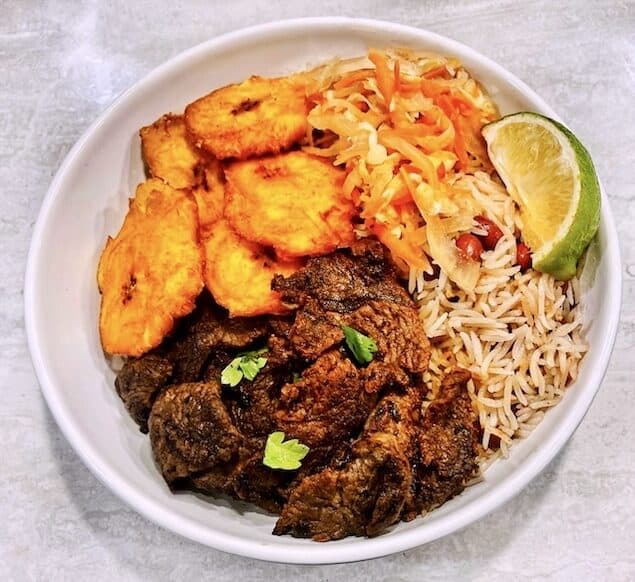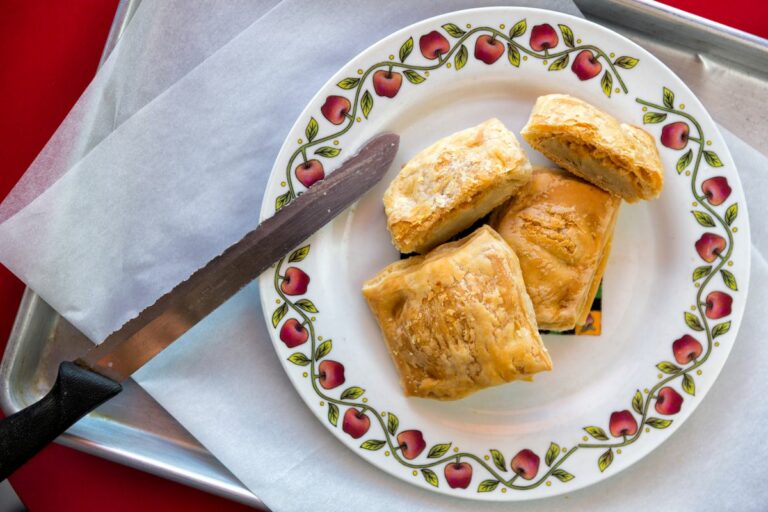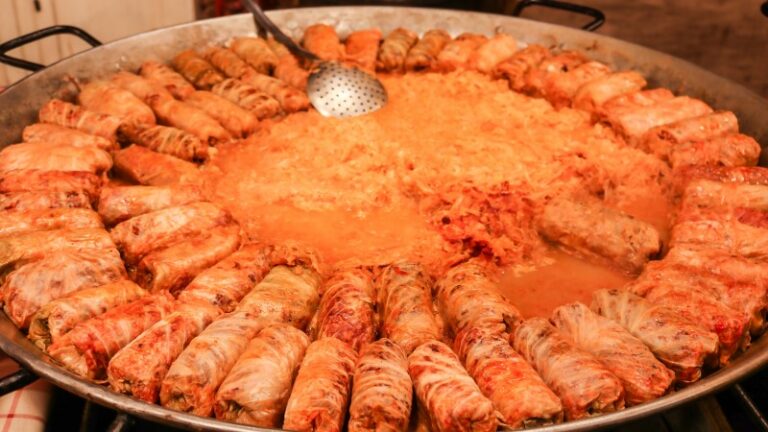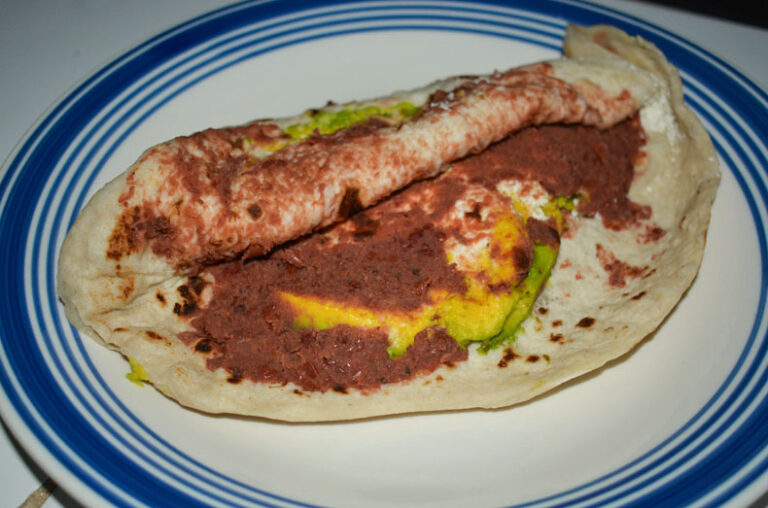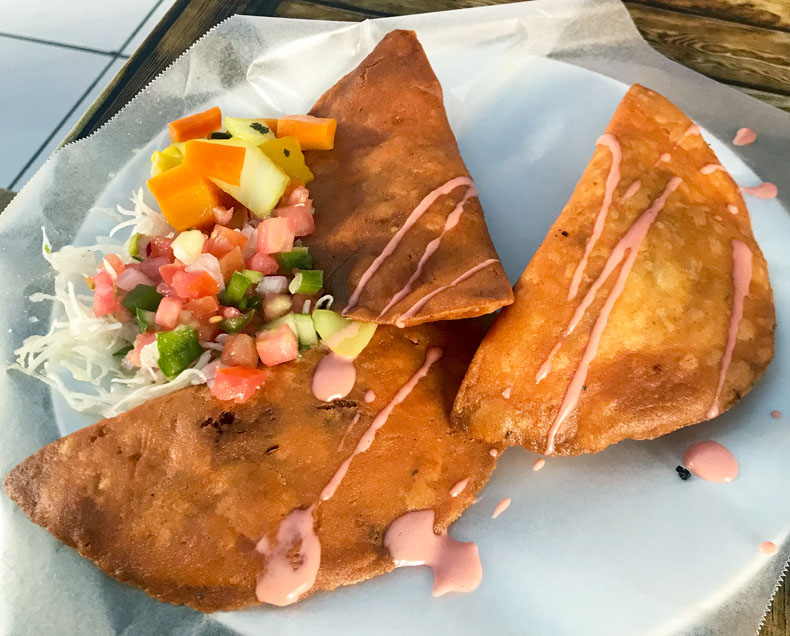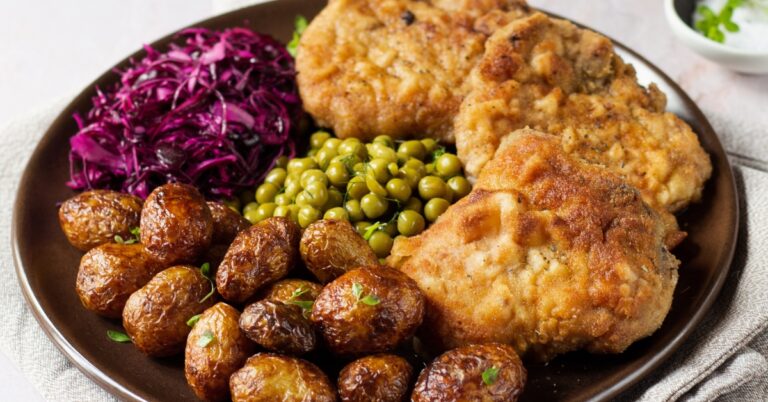Introduction to Guinean Cuisine
Guinea, located in West Africa, has a rich and diverse cuisine that has been influenced by various cultures throughout history. The country’s cuisine is known for its use of fresh ingredients and spices, resulting in unique and flavorful dishes. The cuisine of Guinea is a blend of traditional African cuisine and French cuisine due to its colonial history.
Staple Foods of Guinean Cuisine
The staple foods of Guinean cuisine are rice, cassava, plantains, yams, and maize. Rice is the primary staple food and is often served with stews, sauces, and grilled meats. Cassava, a root vegetable, is used to make fufu, a starchy, dough-like food that is eaten with soup or sauce. Yams and plantains are also commonly used in Guinean cuisine and are often steamed or boiled and served as a side dish.
Spices and Flavors in Guinean Cuisine
Guinean cuisine is known for its use of bold and aromatic spices, including ginger, garlic, chili, and cumin. Other popular spices used in Guinean cuisine include coriander, thyme, and nutmeg. These spices are often used to season meat dishes and stews. Guinean cuisine also incorporates a variety of fresh herbs, including parsley, cilantro, and mint, which add depth and flavor to dishes.
Traditional Dishes of Guinean Cuisine
One of the most famous dishes in Guinean cuisine is Jollof rice, a rice dish cooked with tomato sauce and spices, often served with chicken or fish. Another popular dish is mafe, a peanut butter stew made with beef, lamb, or chicken and served with rice or fufu. Grilled meat is also a staple of Guinean cuisine, with beef and chicken being the most popular choices. Other popular dishes include ndole, a vegetable and peanut sauce, and akara, deep-fried bean cakes.
Influences on Guinean Cuisine
Guinean cuisine has been influenced by various cultures throughout history. The cuisine has been heavily influenced by French cuisine due to Guinea’s colonial history. Additionally, the cuisine has been influenced by the cuisines of neighboring countries such as Senegal, Mali, and Ivory Coast. The cuisine has also been influenced by the various ethnic groups in Guinea, including the Fulani, Mandinka, and Susu.
Conclusion: The Unique Taste of Guinean Cuisine
Guinean cuisine is a blend of traditional African cuisine and French cuisine, resulting in a unique and flavorful cuisine. The cuisine is known for its use of fresh ingredients and bold spices, resulting in a diverse range of dishes. The cuisine has been influenced by various cultures throughout history, resulting in a cuisine that is rich, diverse, and full of flavor. If you ever get the chance to try Guinean cuisine, be sure to try Jollof rice, mafe, and grilled meats for a taste of the unique flavors that make up this delicious cuisine.

